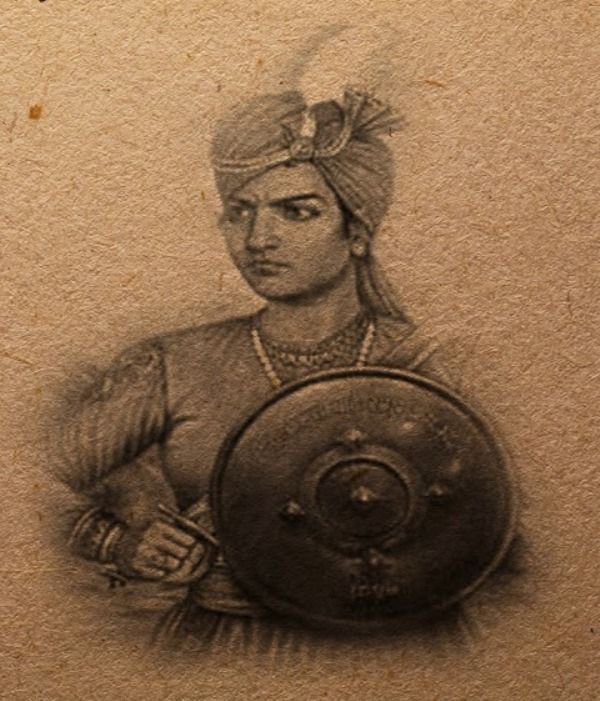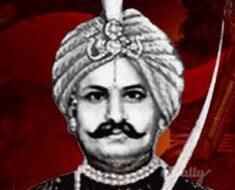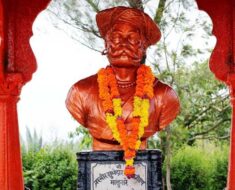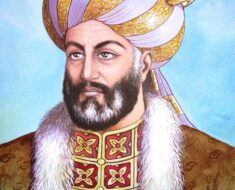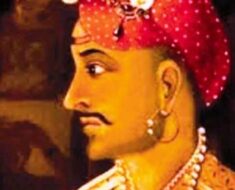Jhalkari Bai, a courageous Indian warrior, played a pivotal role in the 1857 Sepoy Mutiny. Her striking resemblance to Rani Lakshmibai, coupled with her bravery and strategic mind, made her an invaluable asset during the conflict.
Biography/Wiki
Born on November 22, 1830, in Bhojla Village, Jhansi (present-day Uttar Pradesh), Jhalkari Bai lost her mother at a young age. Raised by her father, she lacked formal education but excelled in martial arts and horsemanship, skills honed through her father’s training. Stories of her childhood bravery, like her single-handedly killing a tiger with a stick, still circulate in Jhansi. Her courage and strategic thinking transformed her into a formidable warrior during the 1857 Rebellion.
Family, Caste & Husband
Jhalkari Bai hailed from a Koli Hindu family. Her father, Sadovar Singh, was a farmer. She married an artilleryman in Rani Lakshmibai’s army, a wrestler and archer. This union led her to join Lakshmibai’s forces, where her dedication and resemblance to the Rani quickly propelled her to prominence. She became a close confidante and eventually led the women’s wing of Lakshmibai’s army, the “Durga Dal.”
The legend of Jhalkari Bai
During the 1857 Rebellion, Jhalkari served as a key advisor to Rani Lakshmibai. Her unwavering resolve and bravery were instrumental in defending Jhansi. Her courage mirrored that of the Queen, providing fierce resistance to the British.
Cause of Death
Jhalkari Bai’s death remains shrouded in some mystery. Accounts vary; some suggest she was hanged by the British, while others claim she survived until 1890. One popular narrative tells of her disguising herself as Rani Lakshmibai to aid her escape and later engaging in a bold confrontation with General Hugh Rose, who mistook her for the Rani.
Another account describes her death by cannonball during the battle, where she reportedly exclaimed “Jai Bhavani!” before succumbing to her injuries. The exact circumstances of her death remain a topic of historical debate.
Facts
Jhalkari Bai’s life is celebrated in Bundeli folklores. Her bravery continues to inspire the Koli community, who observe “Shaheed Diwas” annually in her honor. Various tributes honor her legacy, including a statue unveiled by the President of India in Bhopal and another in Gwalior. The Indian government released a postage stamp in 2001, a museum within the Jhansi Fort commemorates her, and the 2019 film “Manikarnika” showcased her role in the events of 1857.
| Tribute | Description |
|---|---|
| Shaheed Diwas | Annual commemoration by the Koli community |
| Statues | Located in Bhopal and Gwalior |
| Postage Stamp | Issued by the Government of India in 2001 |
| Jhansi Fort Museum | Dedicated to Jhalkari Bai’s life |
| Manikarnika Film | Bollywood depiction of her and Rani Lakshmibai |
The depiction of the Revolt of 1857
During the siege of Jhansi, Jhalkari fought bravely defending the city, covering the area from the Dantiya gate to the Unnao gate of the fort. Her actions significantly aided Rani Lakshmibai’s escape from the fort through the Bhanderi gate while disguising herself as the Queen, confusing the British forces until they discovered the ruse. After the tragic news of her husband’s death, Jhalkari’s determination only intensified; she attacked the British with unyielding ferocity.
General Hugh Rose
Accounts suggest that when Jhalkari fought disguised as Lakshmibai, a British informer recognized her and attempted to reveal her identity. A bullet fired by Jhalkari missed the informer, striking another British soldier instead, highlighting the intense and chaotic nature of the battle.
Jhansi Fort
The Jhansi Fort served as a crucial battleground during the 1857 Rebellion, with Jhalkari playing a significant role in its defense and the strategic escape of Rani Lakshmibai. Her bravery and cunning tactics helped prolong the resistance against the British forces.
“`

